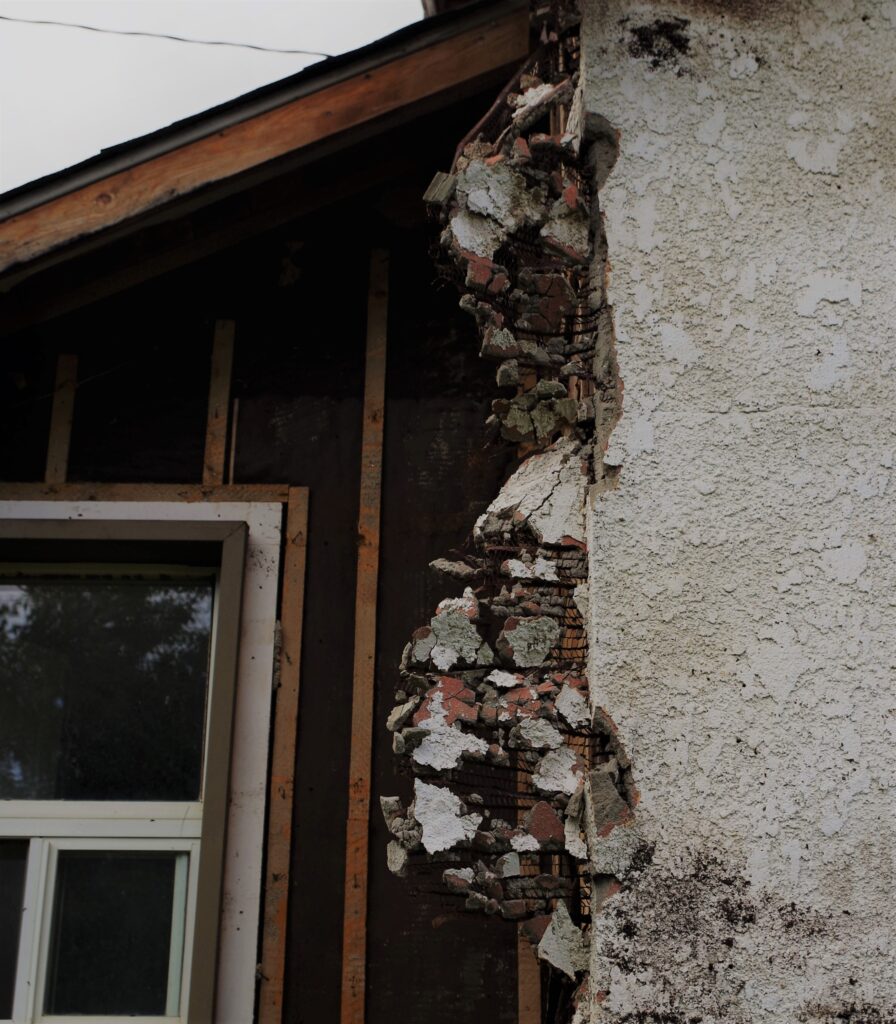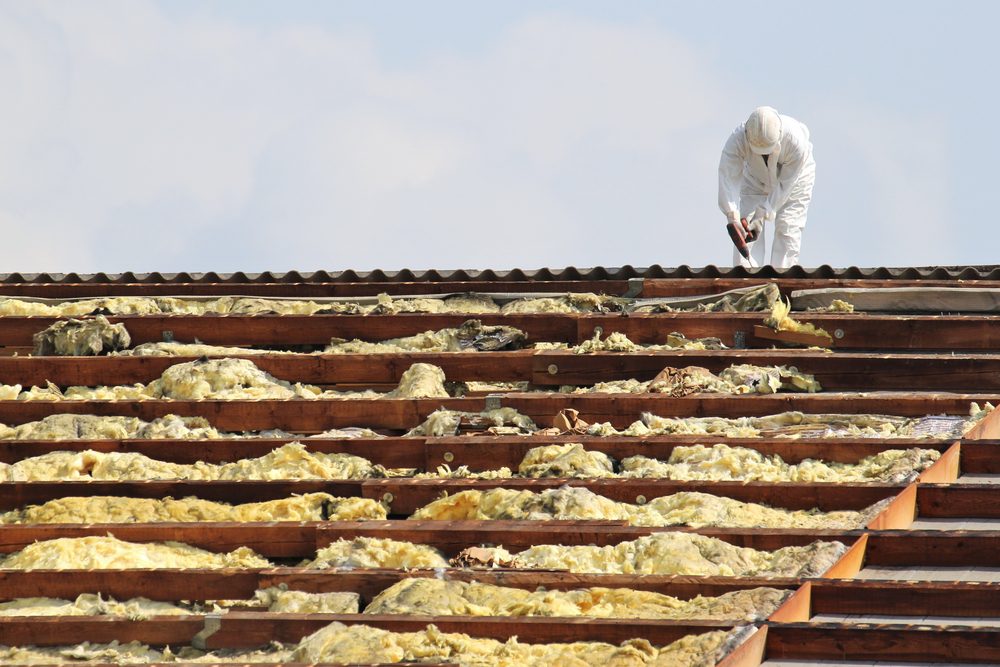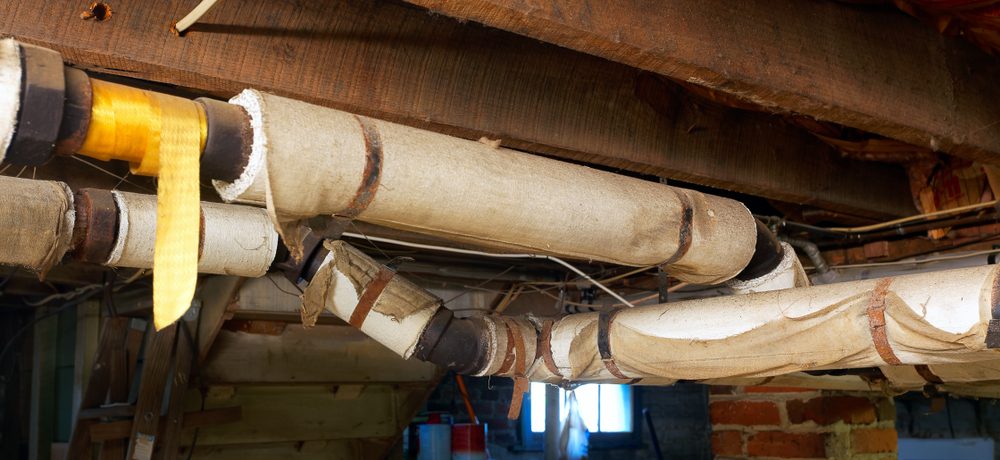Risks of Asbestos Exposure
Residences constructed prior to the 1980s pose a potential risk of asbestos exposure to homeowners, their families, and occupants. This hazardous material might be concealed within cement, flooring, insulation, walls, or piping. Exercise care when conducting home renovations such as wall demolition or floor tile replacement, as this could release harmful asbestos fibers into the air, contaminating it with toxicity.
Asbestos, found in natural hues like white, green, blue, and brown in its raw form, transforms into soft, fibrous strands after processing. Identification of asbestos in household items is challenging, but visible fibers from damaged asbestos-containing materials may suggest its presence. These tiny fibers resemble fraying fabric and are embedded in materials like plastic or cement. Notably, spotting protruding fibers doesn’t confirm asbestos; only proper testing can confirm its existence.

Locations Where Asbestos Might Exist in Your Home
Asbestos usage has notably decreased since the late 1970s, particularly after the U.S. imposed bans on spray-on asbestos and various other applications. Nevertheless, numerous older residences still harbor asbestos.
In older homes, asbestos might be present in various construction materials utilized, including paint, insulation, and floor tiles. Particularly, many structures constructed before the 1980s, such as residences, educational institutions, government housing, and office complexes, may contain asbestos in:
- Cement asbestos board siding or undersheeting
- Asbestos roofing felt utilized for shingles
- Insulation with asbestos surrounding steam pipes
- Certain vinyl floor tiles
- Textured paint coatings
- Vermiculite insulation containing asbestos

Grasping the Risks of Asbestos Exposure
Asbestos-related illnesses usually result from prolonged exposure, though illness from home products is plausible but rare. Occupational exposure is common among those afflicted, with about 20% of extensively exposed workers developing related conditions. Severe short-term exposures have also led to illness and in some cases, even cancer.
Guidelines for Asbestos Safety
Homeowners in older residences should handle potential asbestos-containing materials with care. Any maintenance, even minor repairs involving potential asbestos, should seek professional assistance to mitigate inadvertent exposure risks.
Dos and Don’ts for Asbestos Safety:
Dos
- Avoid contact with potentially hazardous asbestos materials.
- Take precautions to prevent damage to suspected asbestos-containing materials.
- Discuss any known asbestos risks in your home with experts.
- Engage trained professionals for inspections, testing, repairs, or removal.
- Consult appropriate authorities when planning demolition.
Don’ts
- Avoid disturbing materials suspected to contain asbestos.
- Refrain from cleaning debris suspected to contain asbestos.
- Do not collect asbestos samples without proper training.
- Avoid working near asbestos without proper certification.
- Refrain from asbestos removal if it poses exposure risks.
- Never dispose of asbestos materials with regular household waste.

Concerned about potential exposure?
Consult a primary care physician for guidance. While specific tests for asbestos exposure don’t exist, imaging scans can detect asbestos-related diseases. Sarcomatoid mesothelioma is a rare cancer type associated with asbestos exposure.
Interesting facts about Sarcomatoid Mesothelioma
- This form of mesothelioma, primarily found in the lungs’ lining, heart, abdomen, or testes, presents a unique challenge in treatment due to its aggressive nature and resistance to therapies.
- Medical professionals diagnose around 300 to 600 new cases of this specific cell type each year.
- Sarcomatoid mesothelioma comprises about 2% of peritoneal cases and is present in 98% of pleural mesothelioma patients.
- It stems from asbestos exposure, often taking several decades, approximately 20 to 60 years, to manifest symptoms, making early detection challenging.
- Symptoms, including shortness of breath, chest pain, coughing, and fatigue, may resemble common illnesses, leading to delayed diagnosis.
- Diagnosing sarcomatoid mesothelioma involves imaging tests like X-rays and biopsies to identify the specific cell type, crucial for treatment planning.

Treatment Options and Prognosis
Treatment options for sarcomatoid mesothelioma include chemotherapy, immunotherapy, radiation therapy, targeted therapy, and palliative care, but response rates can vary due to the cancer’s aggressive nature.
Survival rates for sarcomatoid mesothelioma are generally lower compared to other cell types, with a median survival of around 8.6 months. Immunotherapy has shown some promise in extending survival, with new treatments under investigation through clinical trials.
Understanding Your Diagnosis
Pathology reports detailing the specific cell type and biomarkers play a pivotal role in determining treatment approaches and prognosis.
Discussing treatment options with a specialist and exploring available clinical trials can offer more tailored approaches for managing sarcomatoid mesothelioma. While challenging to treat, ongoing research and advancements in therapies offer hope for improved outcomes for individuals diagnosed with this rare and aggressive form of mesothelioma.

For more in-depth information on sarcomatoid mesothelioma, including its diagnosis, treatment, and patient experiences, consider exploring the comprehensive article from asbestos.com here.
